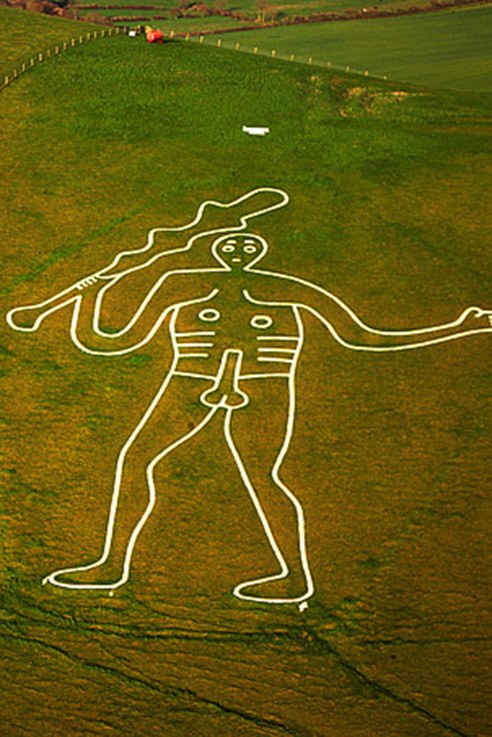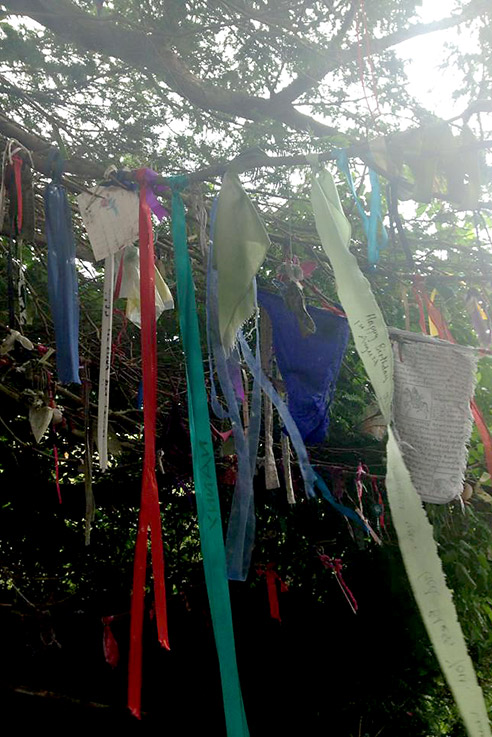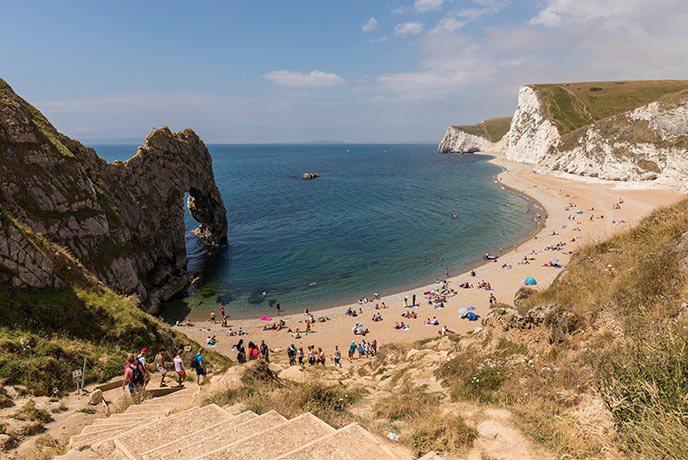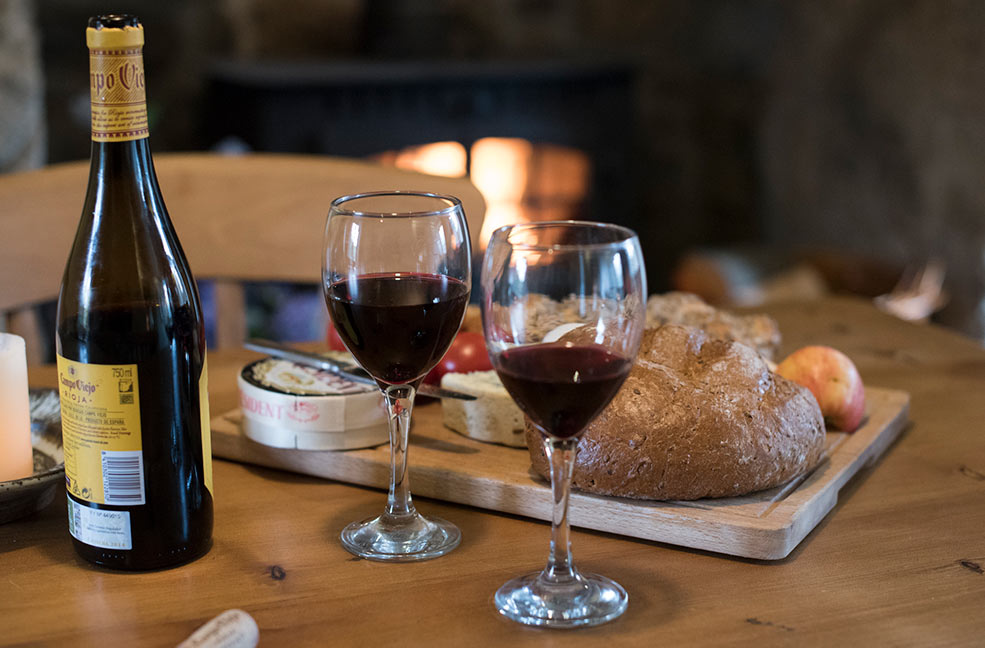If Music Be The Food of Love; Play On
With Christmas already feeling like a distant memory, it is easy for the January blues to set in and the misconception that there is nothing to look forward can begin to take over.
However, February brings with it the Feast of St Valentine, or Valentine’s Day as we more commonly acknowledge it. The 14th February first became associated with romantic love within Geoffrey Chaucer’s circle in the 14th Century, when the tradition of courtly love flourished and was incredibly fashionable.

In 18th Century England, the occasion grew and evolved so that it became traditional for lovers to express their love for one another by presenting flowers, offering confectionery and writing cards for each other. Perhaps even more romantic is the tradition in Europe whereby Saint Valentine’s keys are given to lovers as a romantic symbol to unlock the giver’s heart.
Whilst this may all seem slightly cliche or old fashioned to us now, lovers still hold Valentine’s Day dear in their hearts and use the day as an opportunity to shower affection on their loved one, or in the case of singletons, to reveal their secret love to their would-be significant other.
In Dorset, we still have a few quirky traditions that mean love continues to flourish in ways which may also seem strange and extraordinary in the years to come.
The Cerne Abbas giant is featured on a hillside in Dorset, carved into the ground and filled with chalk. The image depicts a well-endowed naked man, wielding a giant club. This well-known image has become associated with fertility and in the past, locals would erect a maypole on the earthwork, around which childless couples would dance to promote fertility. In slightly more recent times, the tradition says that if a woman sleeps on the figure she will be blessed with fecundity, and if a childless couple have intercourse on the figure, particularly on the phallus, then it is said that their infertility will be cured.

Slightly further East in Dorset, Knowlton Church and Earthworks, now in the care of English Heritage, represents an enduring symbol of the transition from Pagan to Christian worship, and certainly has an air of mystery about it when visiting today. A few hundred metres away from the church at the edge of the earthworks, four yew trees have grown together, their branches and roots intertwined to become an archway, in which people have placed offerings during the years. On a visit there myself, I noticed that people had left ribbons tied to the branches of the trees, some leaving prayers for loved ones, others planting wishes to be granted, whilst some simply declared their love for their partners. This to me seems a particularly romantic and touching gesture, which is scarcely known about unless you have been to visit the site yourself.
Another feature of love, certainly not rooted in Dorset, but one which you can find dotted all over the county, is kissing gates. These small gates, hung in U or V shaped enclosures only allows one person through at a time, but almost creating a figure of eight effect whereby the one person passing through will be on one side and the other person facing them on the other side. The kissing gate is named so because the gate mere kisses, or gently touches, the enclosure on the other side, but it has long been Dorset tradition to share a kiss with your loved one when passing through one of these gates.





